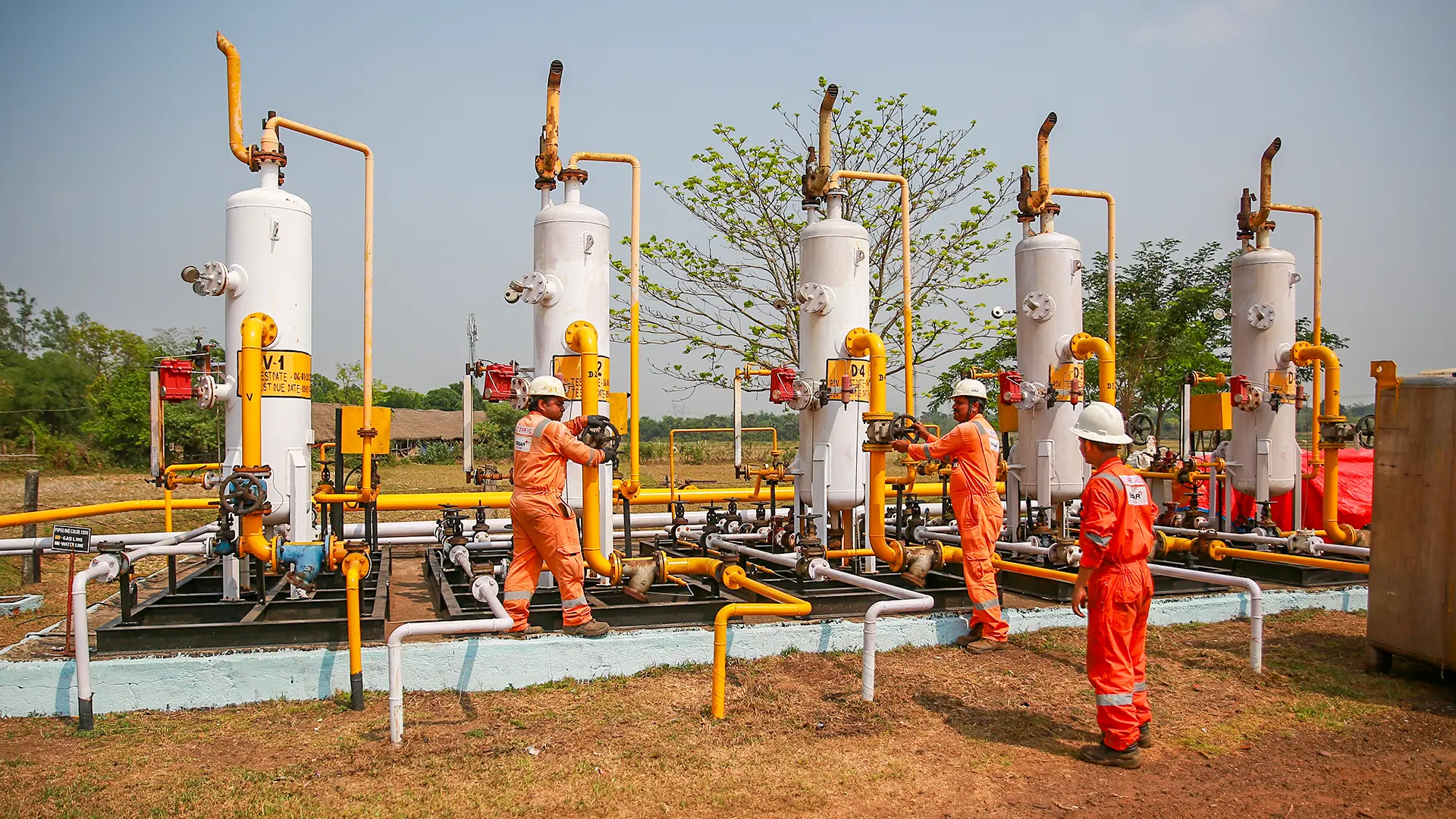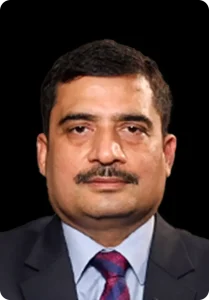Natural gas produced from conventional resources continues to dominate the Indian energy basket, but the nation’s evolving coalbed methane sector is becoming increasingly valuable as a supplement to the country’s huge and growing gas demand.
CBM, a form of unconventional natural gas extracted from coalbeds or coal seams, has become an important source of energy in several countries in recent decades.
In India, the contribution of CBM could help to meet government targets on securing energy self-sufficiency. With India’s overall energy demand expected to double in the next 20 years and natural gas demand set to quadruple, the government in Delhi is placing heavy emphasis on domestic production to help meet the growth in consumption.
Leading Indian CBM operators including Essar Oil and Gas Exploration and Production (EOGEPL), Great Eastern Energy Corporation (GEECL) and Reliance Industries are embarking on multi-well expansion plans and have lined up expansive drilling campaigns, eyeing significant production boosts from their unconventional assets in the coming years.
Together, the three players produce almost 2.05 million cubic metres per day of CBM from the states of West Bengal and Madhya Pradesh and have lined up sizeable expansion plans.
EOGEPL operates the Raniganj (East) block and is currently producing about 0.95 MMcmd from its flagship asset. It has now set its sights on one of the most ambitious growth campaigns.
“As part of our growth strategy, EOGEPL is targeting a significant ramp-up in production. We plan to increase our [CBM] output to 4 to 5 MMcmd by the financial year 2027, in line with the government’s push for energy self-sufficiency,” Pankaj Kalra, chief executive of EOGEPL, tells Upstream.
The company says it has “embarked on a significant investment programme with a total capex of 20 billion rupees ($231 million), of which approximately 5 billion rupees has already been invested”.
Kalra notes that the remaining 15 billion rupees will be spent in the 2025-2026 financial year, which is expected to “boost production in line with company estimates”.
He adds that the company “continues to develop the Raniganj (east) CBM block”, and anticipates substantial growth in both the number of wells and the volume of gas being produced in the coming years.
“Over the next 18 months, we plan to invest the remaining 15 billion rupees to further enhance our production capacity and infrastructure, particularly in exploration, upstream development, and infrastructure like pipelines and storage facilities,” Kalra explains.
EOGEPL is about midway through a campaign to drill 200 additional wells at its flagship Raniganj (East) asset.
Around 100 wells were drilled last year, with the remaining 100 wells planned to be drilled in 2025, Kalra says.
“This well-drilling programme is an essential part of our strategy to ramp up production and meet our long-term growth targets for CBM output,” he adds.
The company says it is also looking to further expand its unconventional acreage in the country.
“Essar is focused not only on ramping up production from its existing CBM blocks but also on identifying and acquiring new blocks in India. We are actively looking for opportunities in CBM and discovered small fields, particularly through annual CBM auctions and unconventional rounds for small fields,” Kalra notes.
GEECL eyes $800 million-plus expansion plan
Great Eastern Energy Corporation (GEECL), another key Indian CBM producer and operator of the Raniganj (South) block in West Bengal, has its eyes on a long-term expansion programme, targeting investments of 65 billion to 70 billion rupees over several years.
Prashant Modi, chief executive of GEECL, tells Upstream that the company will be targeting up to 650 additional wells in its West Bengal CBM asset over seven to eight years.
“The expected incremental production [from the expansion plan] will be a few million cubic metres per day, but it’s a very broad range I’m going to give you. On a long-term basis we could go up to between 5 MMcmd to 8 MMcmd,” says Modi.
GEECL, one of India’s first producers of CBM, is currently producing about 0.3 MMcmd of gas from the Raniganj (South) asset, and the expansion plan is likely to be kicked off from the 2025-2026 financial year.
The company has also initiated what it calls “an efficiency capex programme” for the current wells in order to increase production.
“We started at the end of September [2024] and expect to complete it by the middle or by the third quarter of [calendar year] 2025,” noted Modi.
He said that the efficiency programme is targeting the current bank of 156 wells that the company has drilled at Raniganj (South).
“In some of the 156 wells, we are doing this work, which we are terming as efficiency capex because we are arresting the natural decline in these wells and increasing the production from them,” he explains.
Public sector giant Reliance Industries is also a key player in India’s CBM landscape and is currently producing about 0.8 MMcmd from its two Madhya Pradesh assets, “with a significant contribution from new wells under production”, the company revealed in its second-quarter results.
Reliance said in its second-quarter results that for its CBM blocks a “40 multilateral wells campaign is under way and 28 wells have been completed.”
“Currently, 27 wells are under production ramp-up resulting in significant improvement in production,” it stated.
Source: upstreamonline.com















































